Heat Transfer Enhancement of Liquid Cooled Copper Plate with Oblique Fins for Electric Vehicles Battery Thermal Management
Abstract
1. Introduction
2. Design of Heater Block and Liquid Cold Plate
3. Experimental Setup
The Experimental Procedure
4. Results and Discussion
4.1. Different Liquid Coolants at a Constant Flow Rate
4.2. Constant Liquid Coolant with Different Flow Rates
5. Conclusions
Author Contributions
Funding
Acknowledgments
Conflicts of Interest
Nomenclature
| e | ethylene glycol |
| EV | electric vehicles |
| HEV | hybrid electric vehicles |
| LCP | liquid cold plate |
| NiMH | nickel-metal hydride |
| GPM | gallon per minute |
| Li-ion | lithium-ion |
| T | temperature |
References
- Pesaran, A.A.; Vlahinos, A.; Burch, S.D. Thermal Performance of EV and HEV Battery Modules and Packs; Fourteenth International Electric Vehicle Symposium; Centre for Transportation Technologies and Systems, National Renewable Energy Laboratory: Orlando, FL, USA, 1997. [Google Scholar]
- Xia, G.; Cao, L.; Bi, G. A review on battery thermal management in electric vehicle application. J. Power Sources 2017, 367, 90–105. [Google Scholar] [CrossRef]
- Xie, J.; Ge, Z.; Zang, M.; Wang, S. Structural optimization of lithium-ion battery pack with forced air cooling system. Appl. Therm. Eng. 2017, 126, 583–593. [Google Scholar] [CrossRef]
- Xu, X.; He, R. Research on the heat dissipation performance of battery pack based on forced air cooling. J. Power Sources 2013, 240, 33–41. [Google Scholar] [CrossRef]
- Kizilel, R.; Sabbah, R.; Selman, J.R.; Al-Hallaj, S. An alternative cooling system to enhance the safety of Li-ion battery packs. J. Power Sources 2009, 194, 1105–1112. [Google Scholar] [CrossRef]
- Kanargi, B.; Lee, P.S.; Yap, C. A numerical and experimental investigation of heat transfer and fluid flow characteristics of an air-cooled oblique-finned heat sink. Int. J. Heat Mass Transf. 2018, 116, 393–416. [Google Scholar] [CrossRef]
- An, Z.; Jia, L.; Li, X.; Ding, Y. Experimental investigation on lithium-ion battery thermal management based on flow boiling in mini-channel. Appl. Therm. Eng. 2017, 117, 534–543. [Google Scholar] [CrossRef]
- Feng, X.; Ouyang, M.; Liu, X.; Lu, L.; Xia, Y.; He, X. Thermal runaway mechanism of lithium ion battery for electric vehicles: A review. Energy Storage Mater. 2018, 10, 246–267. [Google Scholar] [CrossRef]
- Li, X.; Zou, C. Thermo-Physical Properties of Water and Ethylene Glycol Mixture Based SiCNanofluids: An Experimental Investigation. Int. J. Heat Mass Transfer. 2016, 101, 412–417. [Google Scholar] [CrossRef]
- Nambeesan, K.P.; Parthiban, R.; Kumar, K.R.; Athul, U.R.; Vivek, M.; Thirumalini, S. Experimental study of heat transfer enhancement in automobile radiator using Al2O3/water–ethylene glycol nanofluid coolants. Int. J. Automot. Mech. Eng. 2015, 12, 2857–2865. [Google Scholar] [CrossRef]
- Abdolbaqi, M.K.; Azwadi, C.; Mamat, R.; Azmi, W.; Najafi, G.N. Nanofluids heat transfer enhancement through STRAIGHT channel under turbulent flow. Int. J. Automot. Mech. Eng. 2015, 11, 2294–2305. [Google Scholar] [CrossRef]
- Balla, H.H.; Abdullah, S.; Zulkifli, R.; Faiza, W.M.; Sopian, K. Effect of Oxides Nanoparticle Materials on the Pressure Loss and Heat Transfer of Nanofluids in Circular Pipes. J. Appl. Sci. 2012, 12, 1396–1401. [Google Scholar] [CrossRef]
- Usri, N.; Azmi, W.; Mamat, R.; Hamid, K.A. Forced convection heat transfer using water- ethylene glycol (60:40) based nanofluids in automotive cooling system. Int. J. Automot. Mech. Eng. 2015, 11, 2747–2755. [Google Scholar] [CrossRef]
- Azmi Roslan, A.M.; Tukiman, N.; Ibrahim, N.N.; Juanil, A.R. The Effects of Ethylene Glycol to Ultrapure Water on Its Specific Heat Capacity and Freezing Point. J. Appl. Environ. Biol. Sci. 2017, 7, 54–60. [Google Scholar]
- Panchal, S. Impact of Vehicle Charge and Discharge Cycles on the Thermal Characteristics of Lithiumion Batteries. Master’s Thesis, University of Waterloo, Waterloo, ON, Canada, 2014. [Google Scholar]
- Zhao, J.; Rao, Z.; Li, Y. Thermal performance of mini-channel liquid cooled cylinder based battery thermal management for cylindrical lithium-ion power battery. Energy Convers. Manag. 2015, 103, 157–165. [Google Scholar] [CrossRef]
- Panchal, S.; Khasow, R.; Dincer, I.; Agelin-Chaab, M.; Fraser, R.; Fowler, M. Thermal design and simulation of mini-channel cold plate for water cooled large sized prismatic lithium-ion battery. Appl. Therm. Eng. 2017, 122, 80–90. [Google Scholar] [CrossRef]
- Huo, Y.; Rao, Z.; Liu, X.; Zhao, J. Investigation of power battery thermal management by using mini-channel cold plate. Energy Convers. Manag. 2015, 89, 387–395. [Google Scholar] [CrossRef]
- Karimi, G.; Dehghan, A.R. Thermal Management Analysis of a Lithium-Ion Battery Pack using Flow Network Approach. Int. J. Mech. Eng. Mechatron. 2012, 1, 88–94. [Google Scholar] [CrossRef][Green Version]
- Jin, L.; Lee, P.; Kong, X.; Fan, Y.; Chou, S. Ultra-thin minichannel LCP for EV battery thermal management. Appl. Energy 2014, 113, 1786–1794. [Google Scholar] [CrossRef]
- Lee, Y.J.; Lee, P.S.; Chou, S.K. Enhanced Thermal Transport in Microchannel Using Oblique Fins. J. Heat Transf. 2012, 134, 101901. [Google Scholar] [CrossRef]
- Prajapati, Y.K.; Pathak, M.; Khan, M.K. A comparative study of flow boiling heat transfer in three different configurations of microchannels. Int. J. Heat Mass Transf. 2015, 85, 711–722. [Google Scholar] [CrossRef]
- Wang, C.-C.; Chang, W.-J.; Dai, C.-H.; Lin, Y.-T.; Yang, K.-S. Effect of inclination on the convective boiling performance of a microchannel heat sink using HFE-7100. Exp. Therm. Fluid Sci. 2012, 36, 143–148. [Google Scholar] [CrossRef]
- Li, X.; Zhou, D.; Zhang, G.; Wang, C.; Lin, R.; Zhong, Z. Experimental investigation of the thermal performance of silicon cold plate for battery thermal management system. Appl. Therm. Eng. 2019, 155, 331–340. [Google Scholar] [CrossRef]
- Lee, Y.J.; Singh, P.K.; Lee, P.S. Fluid flow and heat transfer investigations on enhanced microchannel heat sink using oblique fins with parametric study. Int. J. Heat Mass Transf. 2015, 81, 325–336. [Google Scholar] [CrossRef]
- Law, M.; Lee, P.S. A comparative study of experimental flow boiling heat transfer and pressure characteristics in straight- and oblique-finned microchannels. Int. J. Heat Mass Transfer. 2015, 85, 797–810. [Google Scholar] [CrossRef]
- Om, N.I.; Zulkifli, R.; Gunnasegaran, P. Influence of the oblique fin arrangement on the fluid flow and thermal performance of liquid cold plate. Case Stud. Therm. Eng. 2018, 12, 717–727. [Google Scholar] [CrossRef]
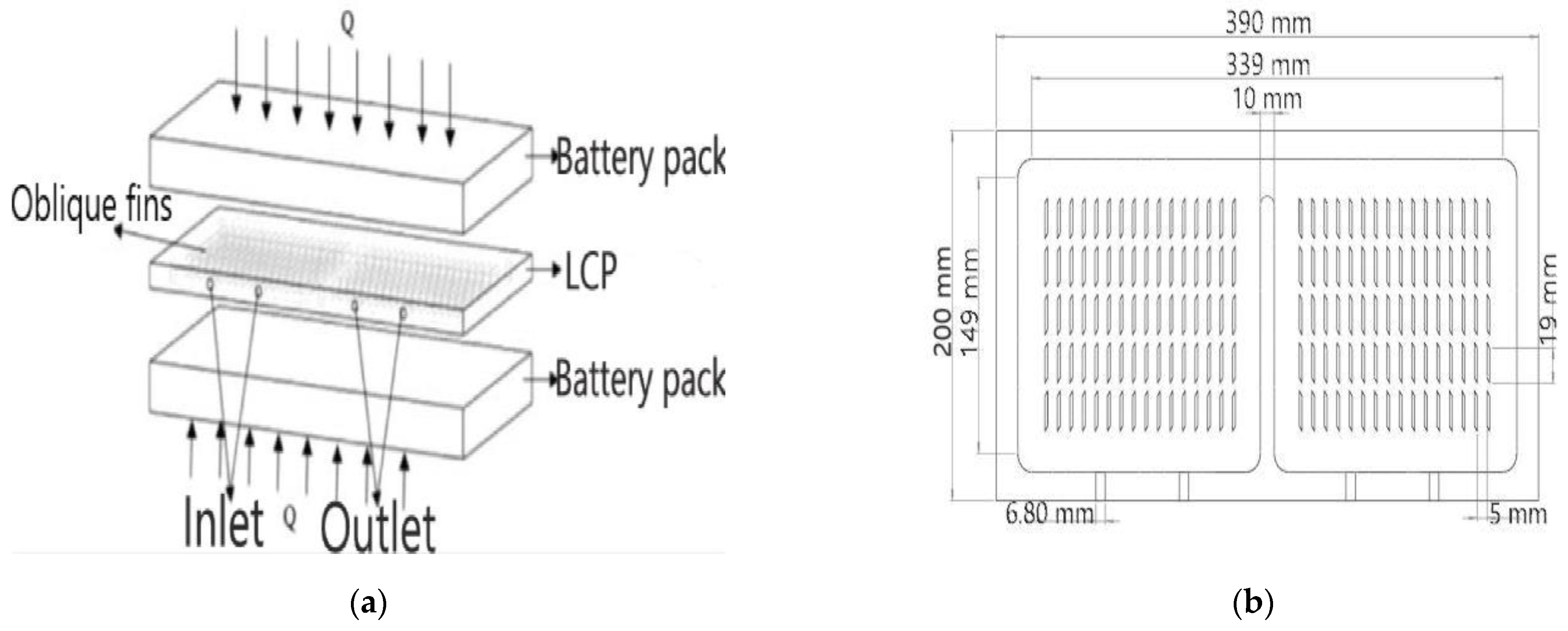

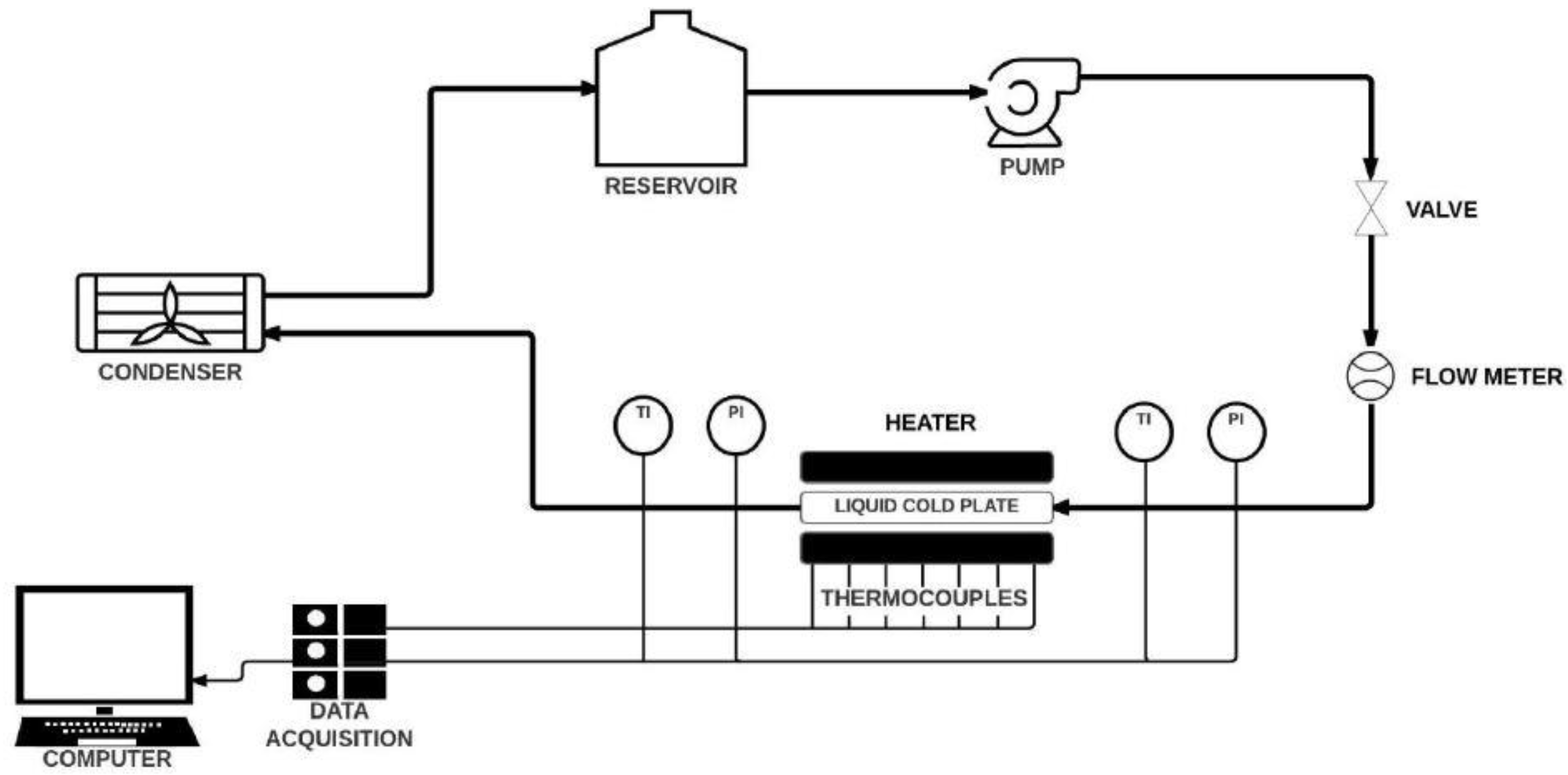


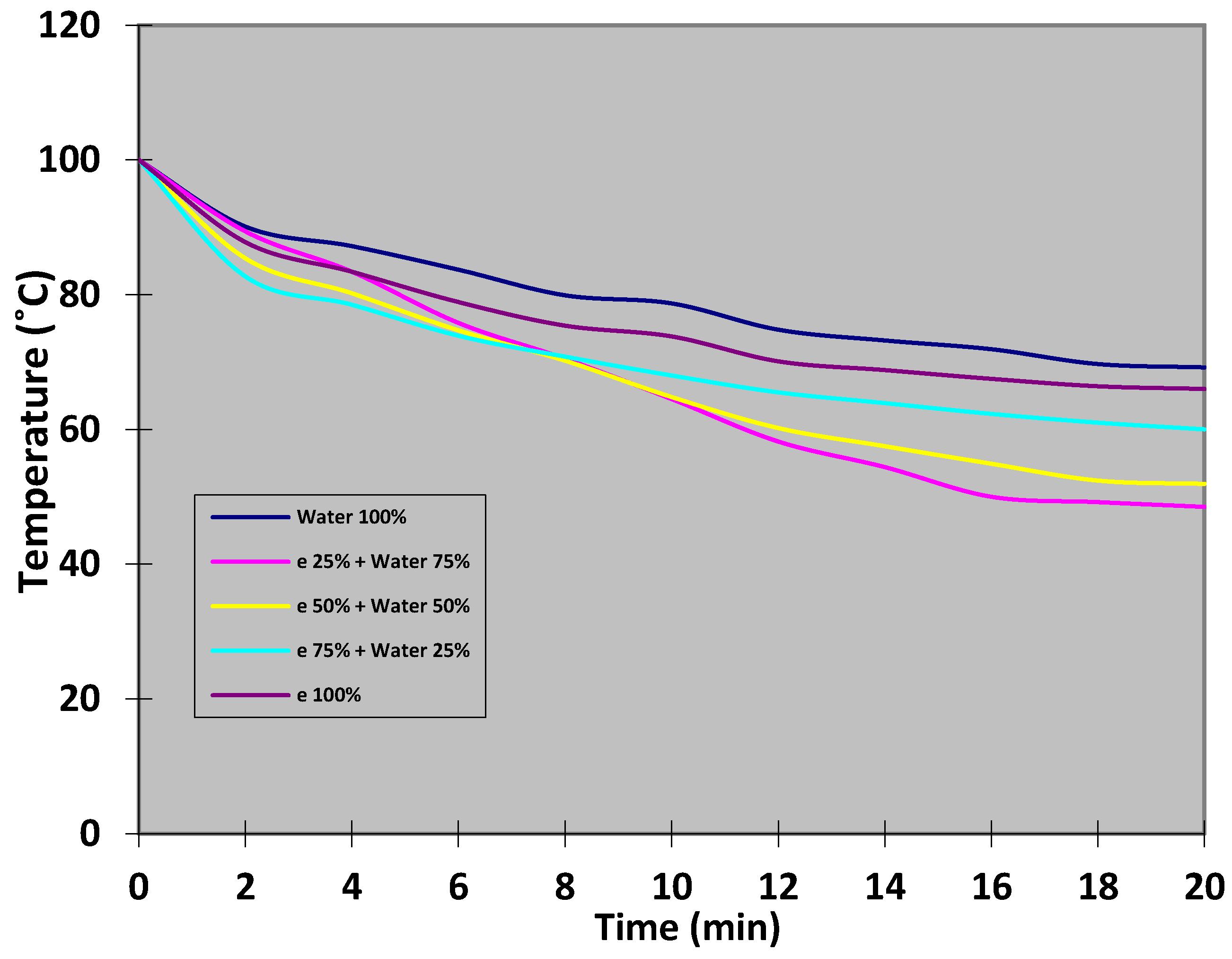
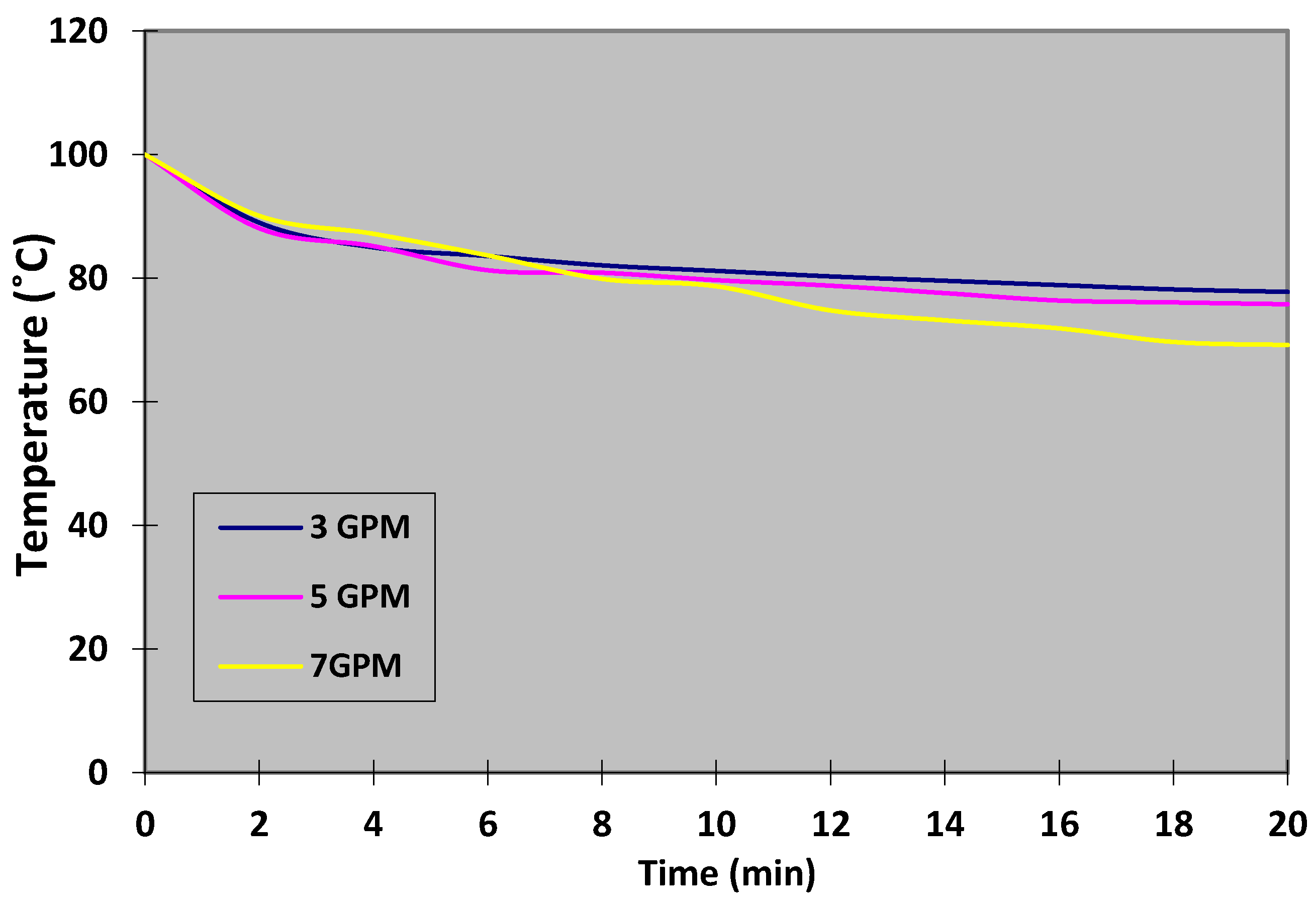
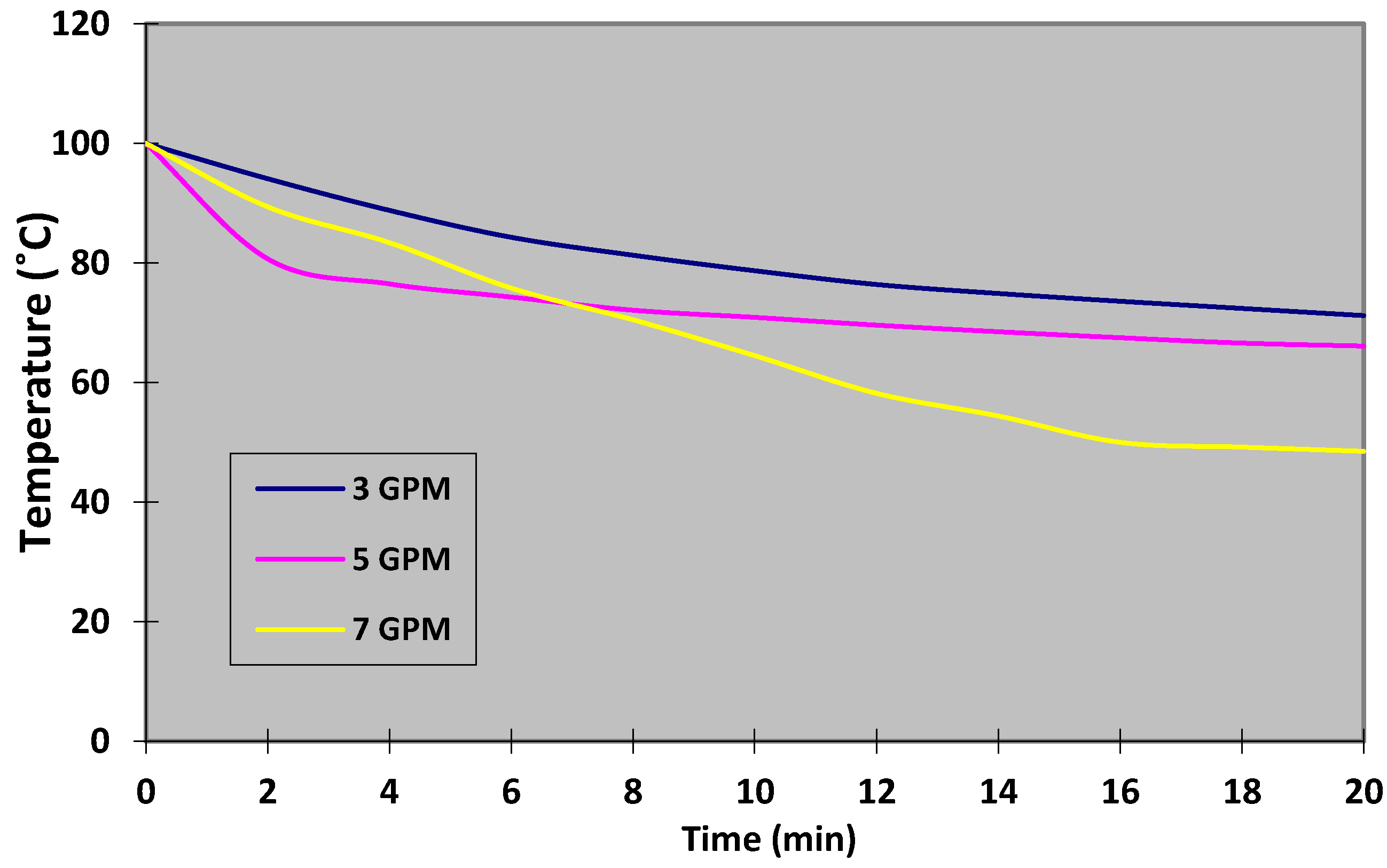
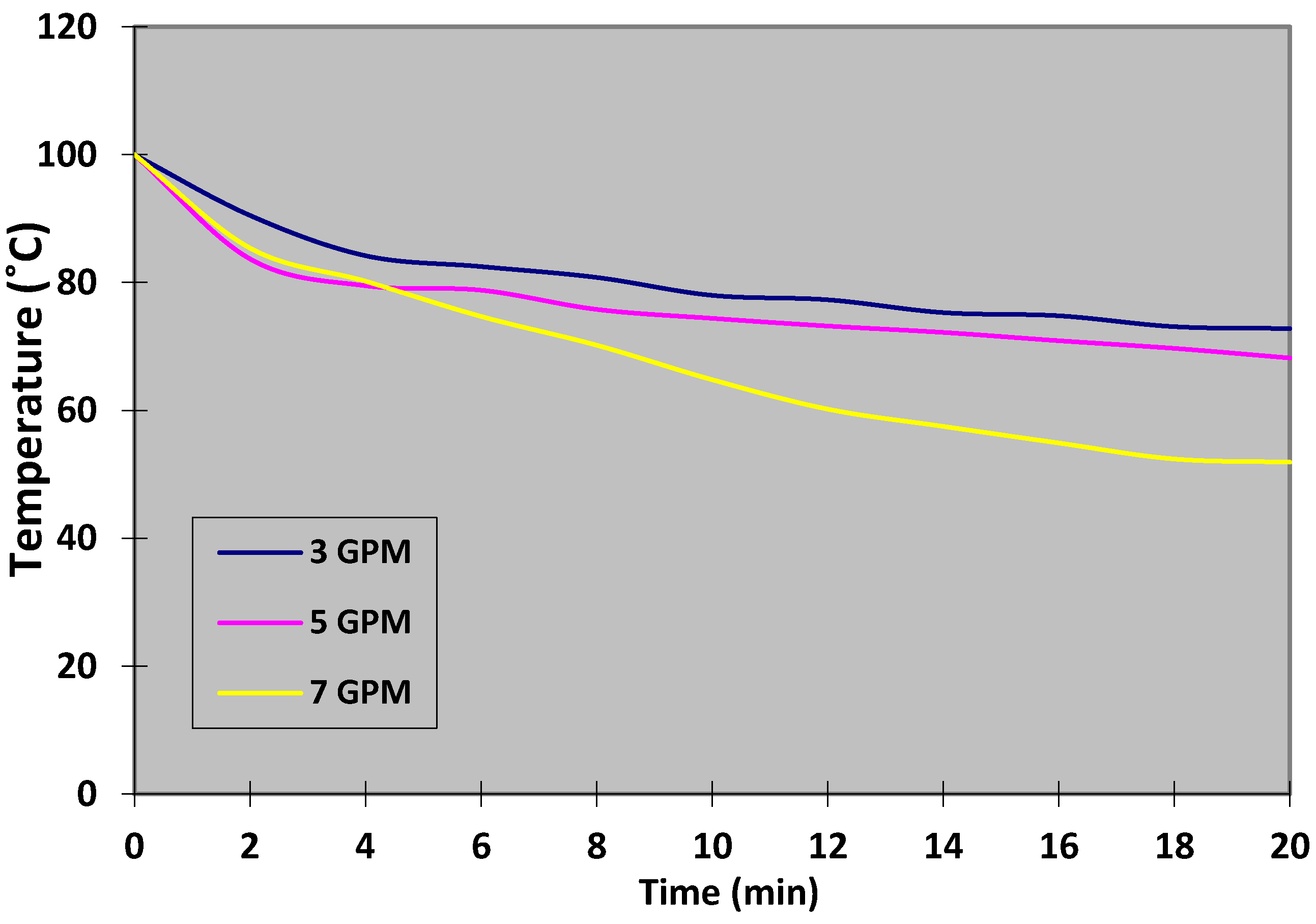
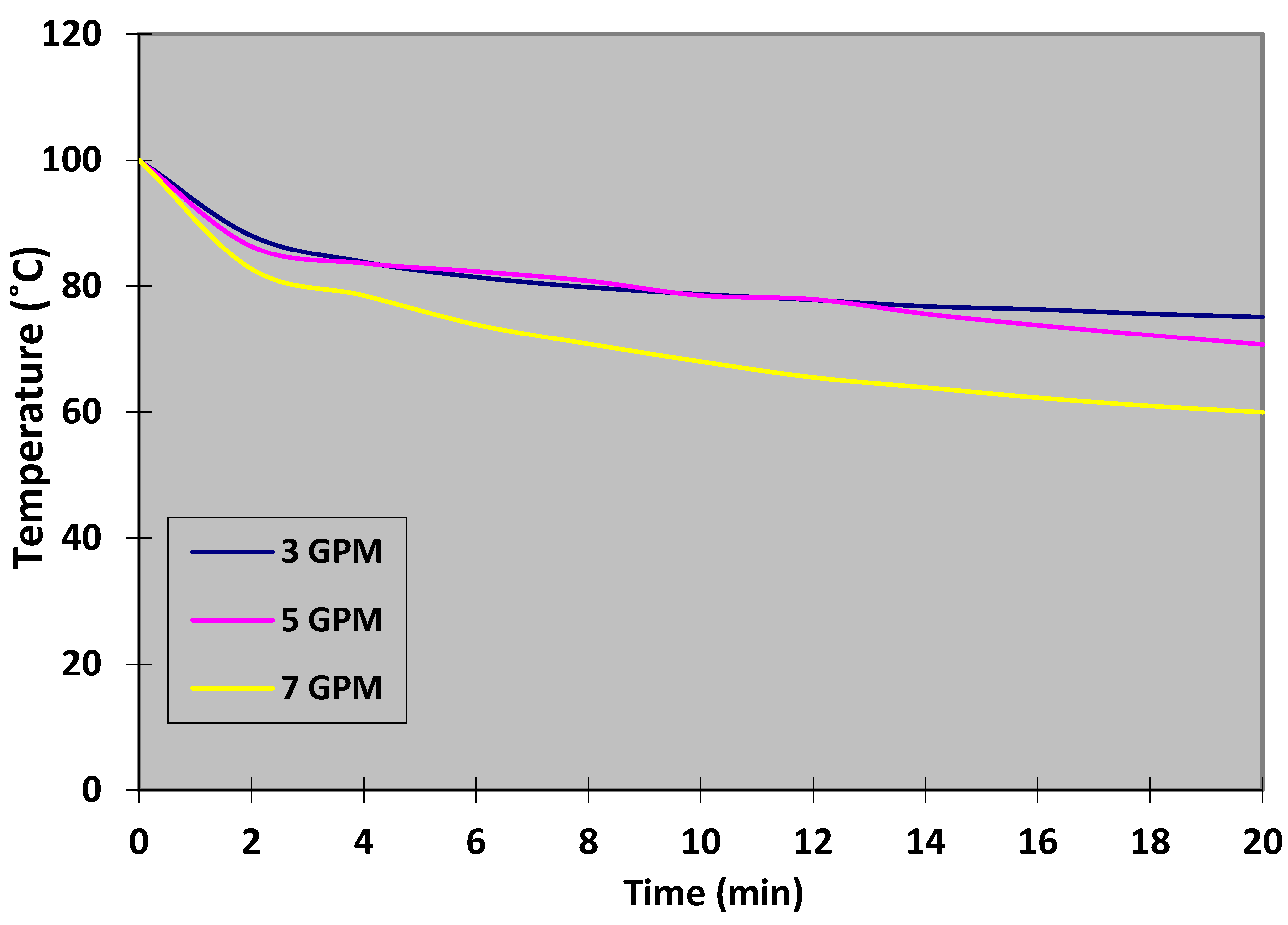
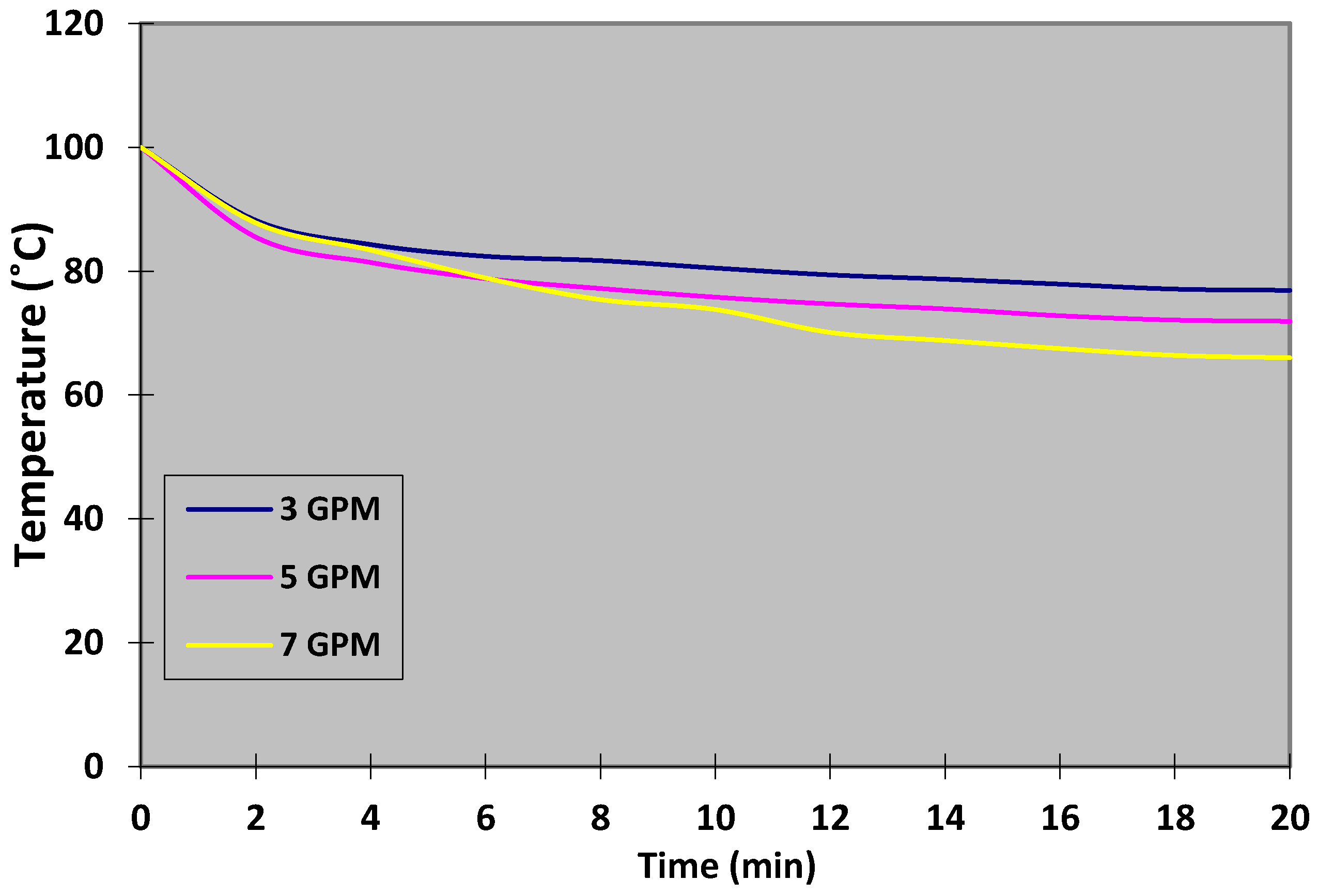
Publisher’s Note: MDPI stays neutral with regard to jurisdictional claims in published maps and institutional affiliations. |
© 2021 by the authors. Licensee MDPI, Basel, Switzerland. This article is an open access article distributed under the terms and conditions of the Creative Commons Attribution (CC BY) license (https://creativecommons.org/licenses/by/4.0/).
Share and Cite
Aldosry, A.M.; Zulkifli, R.; Wan Ghopa, W.A. Heat Transfer Enhancement of Liquid Cooled Copper Plate with Oblique Fins for Electric Vehicles Battery Thermal Management. World Electr. Veh. J. 2021, 12, 55. https://doi.org/10.3390/wevj12020055
Aldosry AM, Zulkifli R, Wan Ghopa WA. Heat Transfer Enhancement of Liquid Cooled Copper Plate with Oblique Fins for Electric Vehicles Battery Thermal Management. World Electric Vehicle Journal. 2021; 12(2):55. https://doi.org/10.3390/wevj12020055
Chicago/Turabian StyleAldosry, Abdullh Mansur, Rozli Zulkifli, and Wan Aizon Wan Ghopa. 2021. "Heat Transfer Enhancement of Liquid Cooled Copper Plate with Oblique Fins for Electric Vehicles Battery Thermal Management" World Electric Vehicle Journal 12, no. 2: 55. https://doi.org/10.3390/wevj12020055
APA StyleAldosry, A. M., Zulkifli, R., & Wan Ghopa, W. A. (2021). Heat Transfer Enhancement of Liquid Cooled Copper Plate with Oblique Fins for Electric Vehicles Battery Thermal Management. World Electric Vehicle Journal, 12(2), 55. https://doi.org/10.3390/wevj12020055






